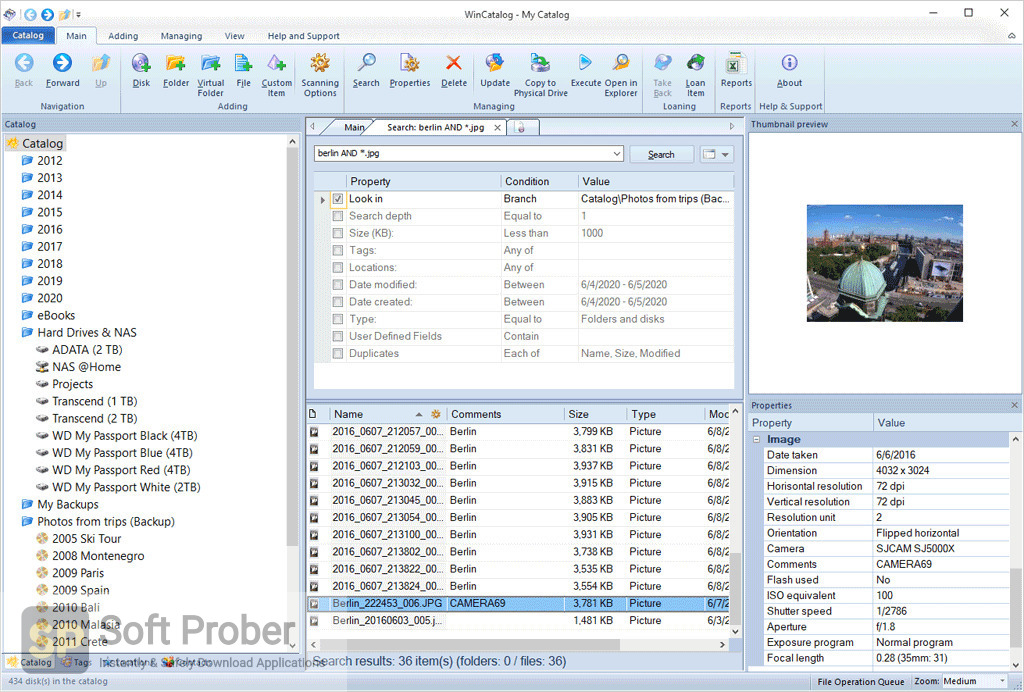

Wincatalog 2015 reports crack#
For example, a 90° flip of fast polarization direction can occur by raypaths changing near inclined faults or through varying incidence angles with respect to crack planes. However, in addition to these geologic factors, the path effect caused by variation of hypocenters or characteristics of structural anisotropy sometimes result in apparent temporal changes. Changes in delay times or flips of 90° of fast directions can occur for various reasons such as increasing crack density and increase of pore pressure after a main shock near the target area. Analysis of regional stresses and the distribution of anisotropy around a volcanic area, coupled with fault plane solution analyses, succeeded in explaining precursory stress change caused by diking. Stress-induced anisotropy originates from opening and closure of preexisting microcracks and thus is distinct in that it is sensitive to stress changes. This type of anisotropy is insensitive to stress changes. When seismic anisotropy is caused by strata, relatively large parallel fractures, or alignment of mineral fabric, we can consider this to be intrinsic anisotropy or structural anisotropy. In some cases, structural anisotropy and stress-induced anisotropy can be differentiated by comparing fast polarization directions of splitting, maximum horizontal compressive stress, and fault strikes. There are two origins of seismic anisotropy: intrinsic or structural anisotropy and stress-induced anisotropy.

Splitting measurements and other geophysical data are often simultaneously used to better constrain subsurface processes. Based on these observations, splitting is now regarded as an indicator of various scales of stress-related geologic events in the shallow crust. Temporal changes of hydrothermal activity and gas release are also considered as a cause of splitting changes in volcanic areas. Splitting measurements can also detect subtle changes such as those caused by tidal effects. Consistency of ground deformation inferred from GPS measurements and delay time changes was observed. These observations are often interpreted as stress changes due to magma intrusion at shallow depths. In volcanic areas, temporal changes of seismic anisotropy have often been observed.

Shear wave splitting (splitting), in which a linearly polarized S wave is split into two S waves with mutually perpendicular orientations in anisotropic media, is a good indicator of seismic anisotropy resulting from crack opening and fractures in the upper crust.

Measurements of seismic anisotropy have recently been used to interpret the subsurface structure and its relationship to the stress field. Key PointsĬonstraining subsurface structure by geophysical approaches is critical for understanding geologic processes. If structural anisotropy also contributes to the radial pattern, then the regional maximum horizontal stress magnitude is not constrained. Assuming stress control only, the spatial pattern of anisotropy can be fit by the interaction of gravitational with regional stresses if the regional maximum horizontal stress is 1.02 times lithostatic pressure (51.9 MPa at a depth of 2.0 km). We infer that the symmetrical seismic anisotropic structure around the summit and the fast directions parallel to the regional compression observed at distant stations from the summit reflect interactions of the gravitational stresses and regional tectonics. The fast polarization directions for stations within approximately 15 km of the summit of Mount Fuji show a radial pattern pointing toward the summit, while stations far from the summit exhibit fast polarization directions approximately parallel to the NW-SE compressional regional stress field. We infer that the anisotropic structure is located at shallow depths (<4 km) from a lack of focal depth dependence of delay times. The measured fast polarizations have preferred orientations at each station with mean values of delay times <0.15 s. We measure shear wave splitting and estimate stresses of Mount Fuji, Japan, to interpret anisotropic structure and its implication for geologic processes using local crustal earthquake seismograms from 2009 to 2012.


 0 kommentar(er)
0 kommentar(er)
